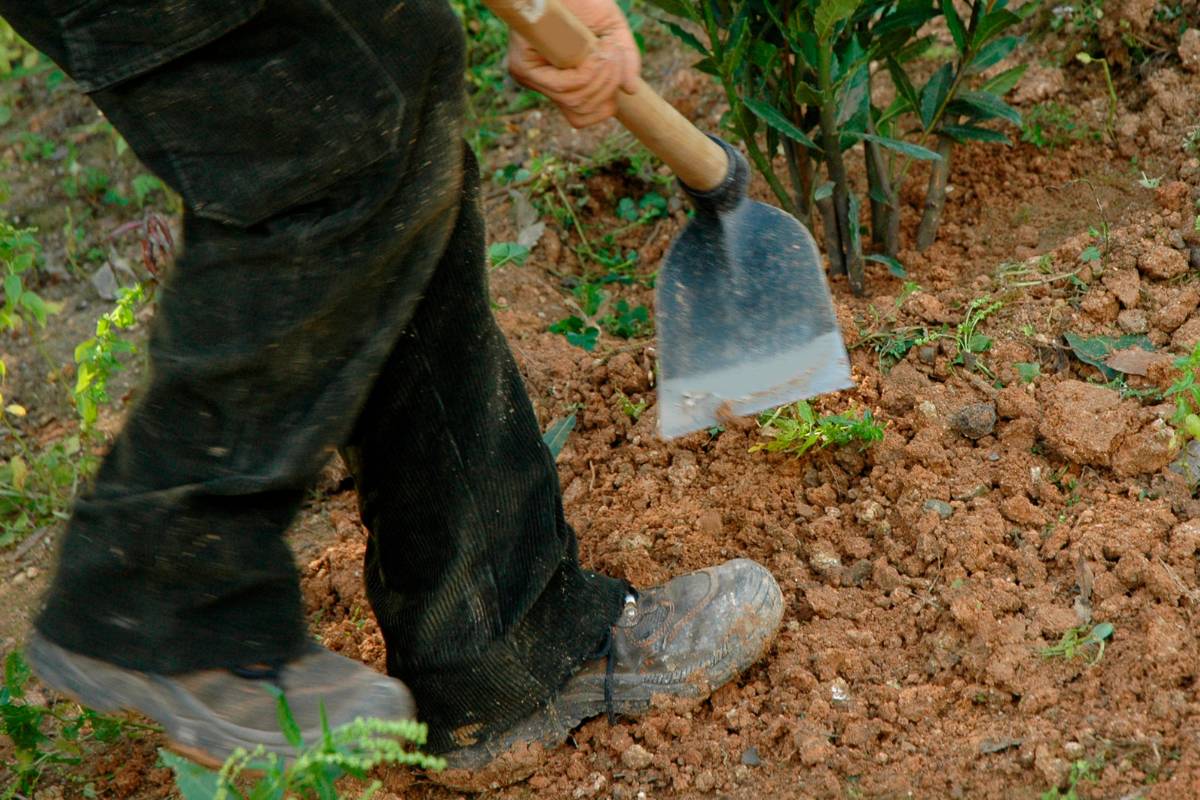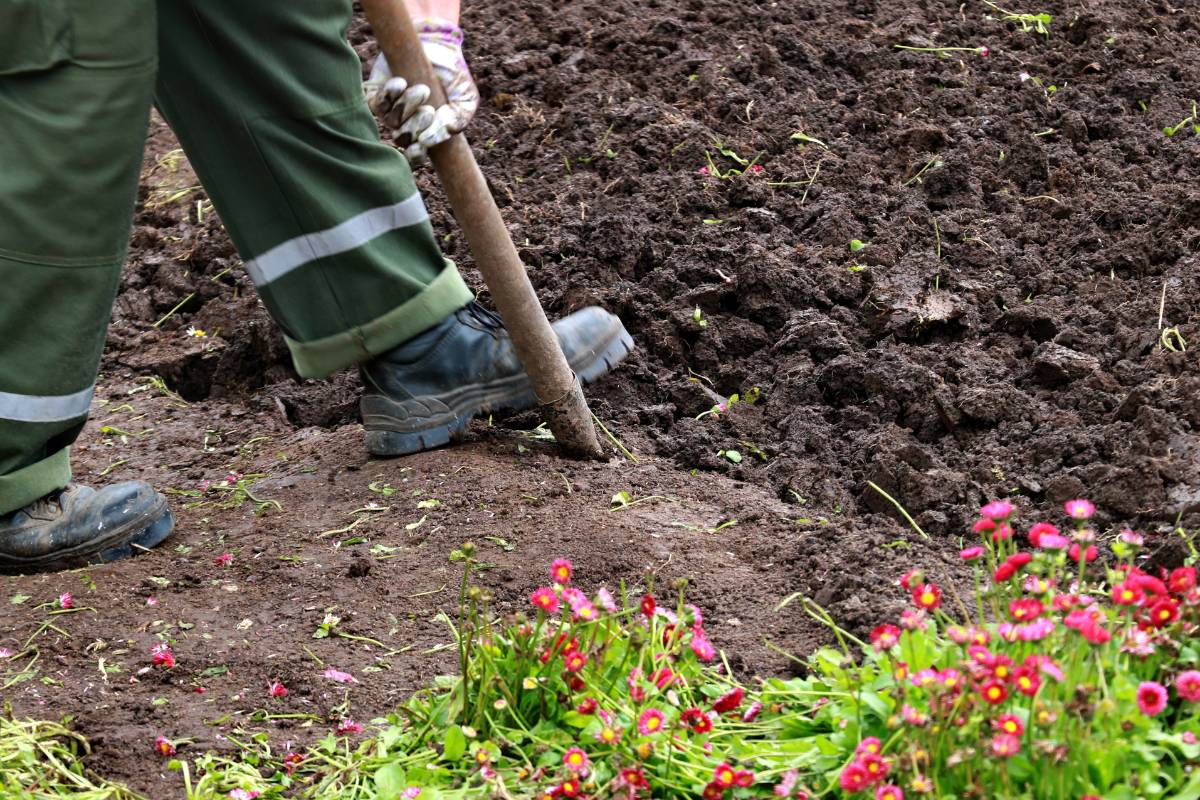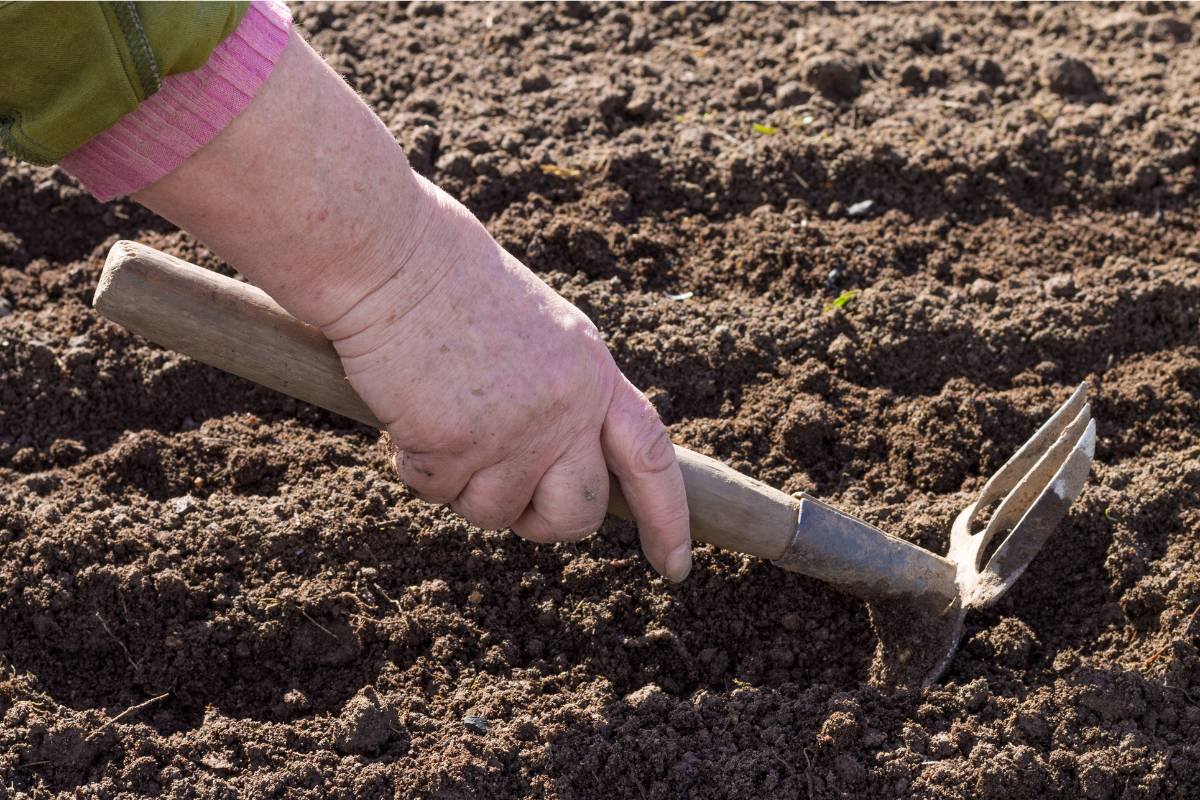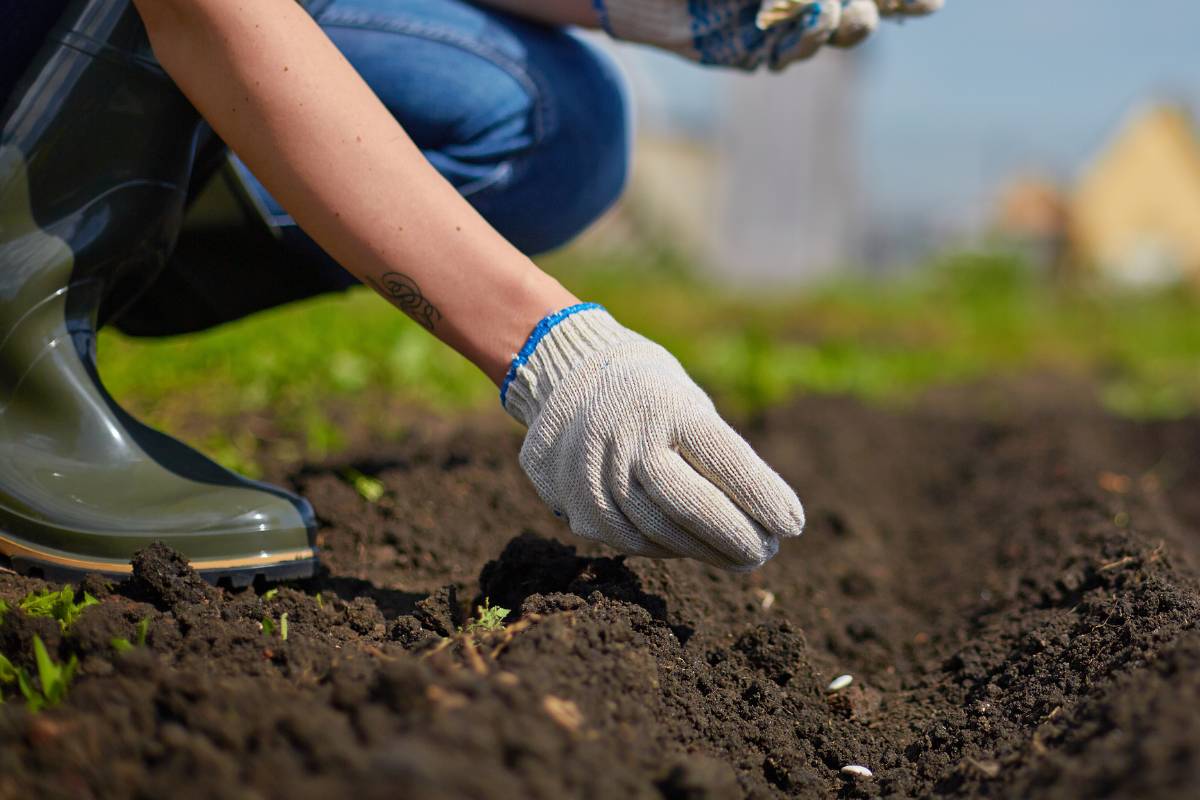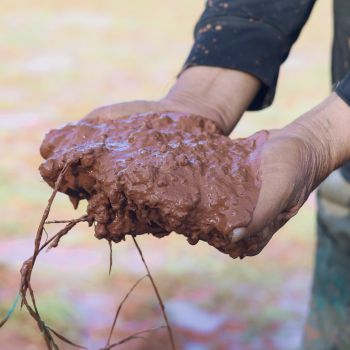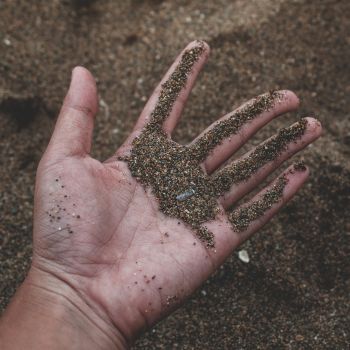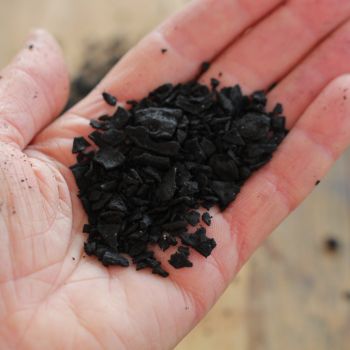Great soil is at the heart of successful gardening, giving your plants the foundation they need for strong and healthy growth. When sowing seeds, a well-prepared soil, often referred to as a ‘seedbed’, is essential to ensure successful germination.
While everyone's soil quality varies, some common factors should be a part of every soil preparation routine. The good news is, the basics are very easy to do.
Why Is Soil Preparation Important?
Seeds need just the right amount of moisture in order to germinate. To access water from the soil, seeds need to be in direct contact with it, which means the soil’s texture must be fine and loose. Soil like this is often referred to as ‘friable’. Friable soil can be dug easily so seeds can be planted at the correct depth, holds moisture without drying out or becoming waterlogged, and is loose enough for a seed’s first delicate roots and shoots to make their way through it unimpeded.
Once seeds have germinated, the soil stores most of the nutrients a plant needs to grow, and if those nutrients are missing or locked up by the soil's chemistry, no plant will thrive. The soil also needs to have the right texture to allow unobstructed root growth alongside the stability to anchor plants in place, while balancing drainage and water retention to provide a steady water supply. Even if the soil is in great condition, if it's overrun with weeds, your prized plants will need to compete for resources, slowing down or even smothering their growth.
For all these reasons, it's vital to prepare the soil properly a week or two before sowing seeds or transplanting seedlings.
How to Prepare Soil for Sowing and Planting
1. Deal with Weeds
You should never sow seeds into soil that's already hosting visible weeds. Use a hoe or other weeding tool to uproot all the weeds you can see and remove the remnants to prevent them from taking hold again. Many perennial weeds can reshoot from their roots, so remove as much of their root system as possible.
2. Soil Texture
Next, dig over the soil to loosen its texture and make it easier for a young plant's roots to grow. Aim to achieve light, loose, friable soil with no large lumps or compacted patches. This stage is the ideal opportunity to remove stones, roots and any other debris that could hinder growth.
The amount of necessary digging depends on what you're growing. Seeds need very finely textured soil for the top few centimetres at least. For root crops, the soil should be fine and obstruction-free to at least the depth of a spade's blade to allow the roots to grow straight.
3. Check the Soil pH
Most garden plants prefer moderately acidic soil, although some prefer a little alkalinity. It's easy to test the soil's acid level using a pH kit, and if it's too far out of range for your planned crops, adjust it by adding lime for overly acidic soils or iron sulphate for ones with high alkalinity.
4. Check Drainage
Soil should hold water well without becoming instantly waterlogged, so at this stage, give the bare soil a light watering and see how well the moisture is absorbed. If the water pools a little on the surface, adding blood and bone or another kind of organic matter will help improve drainage. For heavy clay soils with serious waterlogging, adding gypsum can help in the longer term, but also make sure you add plenty of organic matter, such as compost, to help break up the clay.
At the other extreme, if extremely sandy soils let the water drain straight through without any retention, mix in more organic matter to help balance the texture.
5. Nutrients
If you have not needed to add organic matter so far, now's the time to do so to ensure nutrient levels are high enough. It's important to check which materials are best for the crops you're growing. For example, aged animal manure adds plenty of nutrients to the soil; this is great for hungry plants like brassicas and tomatoes, but may encourage growth of leaves rather than roots for beetroot, carrots and other root crops.
In most cases, a well-rounded homemade compost will be ideal. If you have no compost available, a commercial fertiliser targeted for your plants will give them a good start.
6. Mix and Level Off the Soil
Lastly, give the soil a final forking over to ensure your additions are thoroughly mixed in, and then level off the surface with your hands or a rake.
In an ideal world, soil preparation would be done a couple of weeks before planting. This gives the soil time to settle and allows animal manures and fertilisers to age a little so they won’t burn plants. It’s also enough time for many weed seeds that may be present in the soil to germinate, so they can be removed just before planting.
Realistically, many gardeners prep their soil just before seeds are sown. If this is the case for you, don’t go overboard with fertilisers and monitor the soil for weeds for a few weeks after planting.
Ongoing Protection
Preparing the soil before sowing or planting is vital, but your soil improvement efforts shouldn't end there. Most soil deteriorates over time, especially in vegetable gardens where nutrients are removed with every harvest. Because of this, a full soil preparation routine should be carried out each spring or before successive plantings.
There are also some year-round activities to bear in mind:
- Keep on top of watering, even on bare earth, to ensure the soil doesn't dry out and become hydrophobic.
- Avoid walking on the soil whenever possible to prevent compaction.
- Use an organic mulch around plants during the growing season, helping to suppress weeds and maintain moisture.
- Continue adding fresh compost, worm castings, or well-rotted manure every now and then to continuously refresh the soil's quality.
- Use green manure between plantings, again to suppress weeds while also preventing erosion and replenishing nutrients.
Soil preparation isn't one of the most glamorous aspects of gardening. However, this process is essential if you want all your other planting, watering, weeding, and feeding work to be fully rewarded. Make it a habit before sowing seeds or transplanting seedlings to give your plants the basis they need to thrive.
